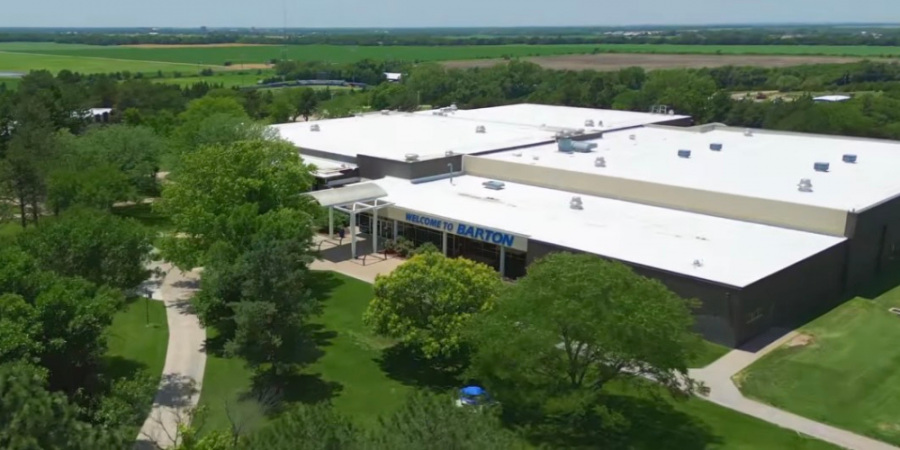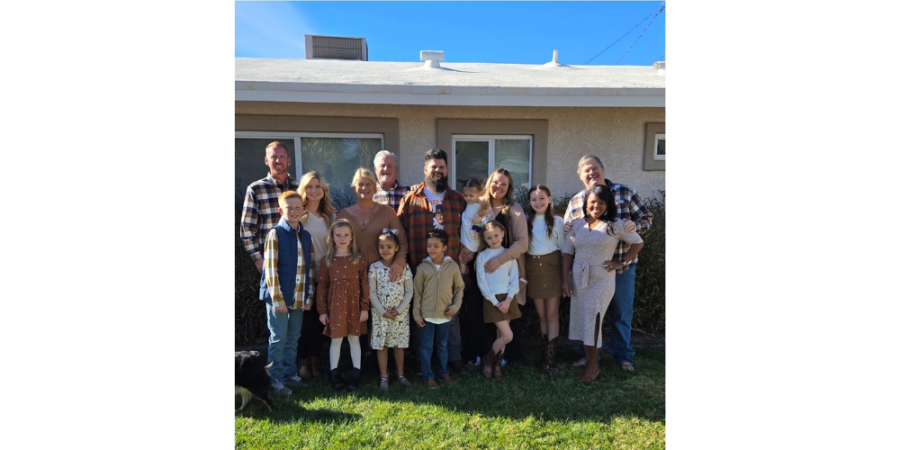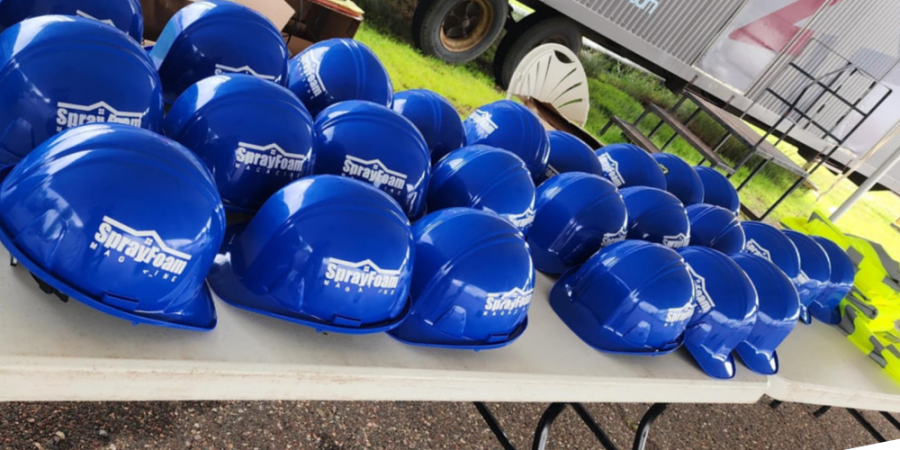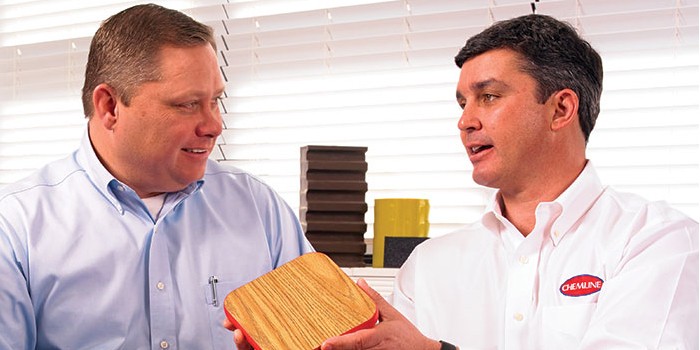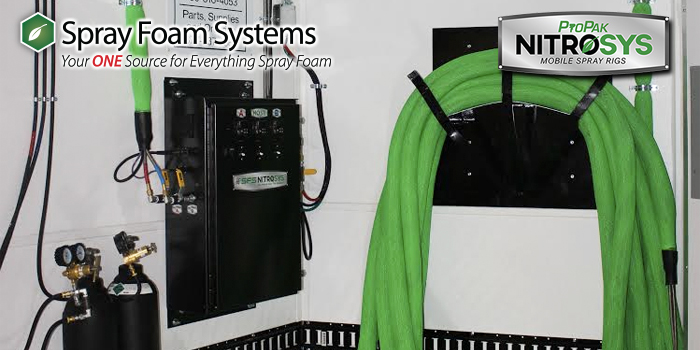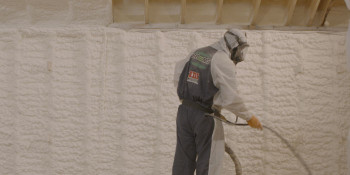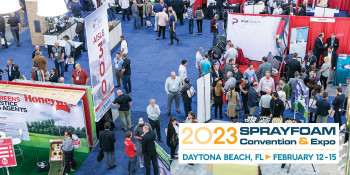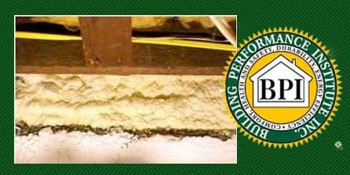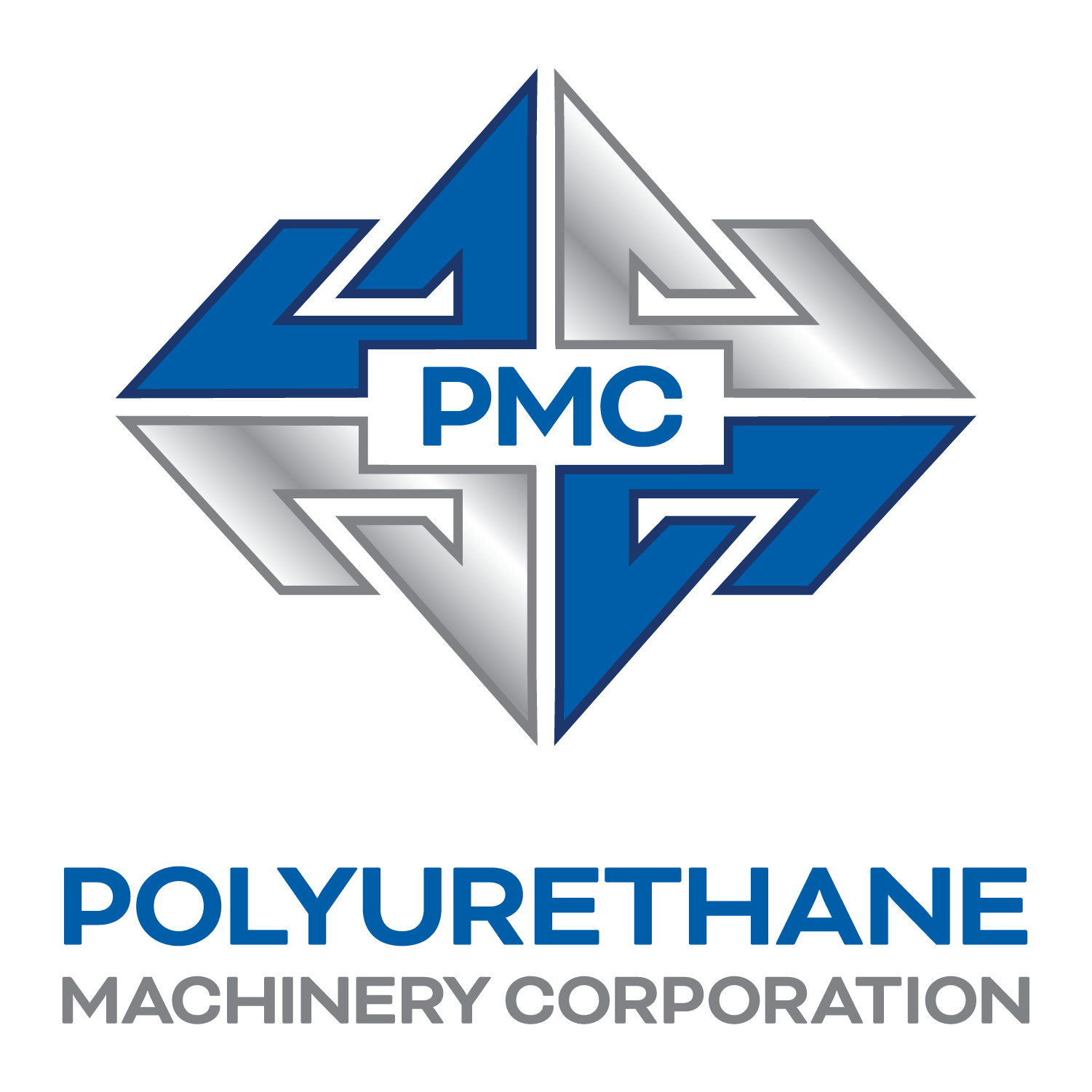Action Stations
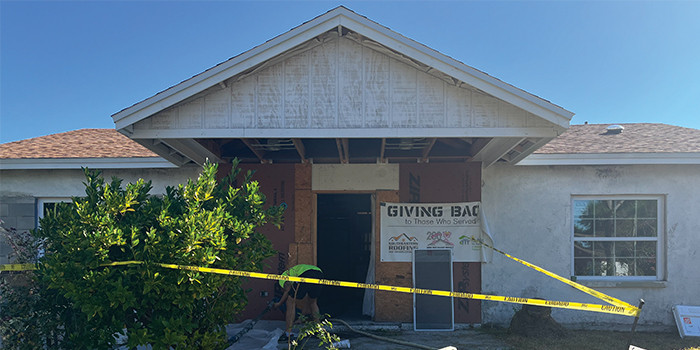

Spray Foam Magazine - Spring 2022 – Mark Gordos is the owner and president of On the Mark Spray Foam, LLC. He has been in the industry for just over 20 years and describes getting into it as, “An accident. I then totally fell in love with the science behind it. I started off working at City Wide Insulation in Wisconsin and after a while, my wife convinced me to move to Florida to be near her parents. I introduced spray foam to a few companies in Florida, and at the age of 22, I was making great money.”
After nine years of working and consulting for other companies, as well as taking part in a state weatherization program, Gordos started his own successful SPF business, and he now has nine employees working for him. Every year Gordos likes to give back to his community and recently that opportunity emerged when he heard about a veteran’s home which had sadly burned down.
Situated roughly 10 miles east of Tampa, close to Florida's scenic Gulf Coast, is a community called Brandon. This is where a veteran named Jerry Wooten lives. Now retired, Jerry started as a young electrical mechanic for the Flying Tigers. This squadron of American volunteer pilots and crew were recruited to fight the Japanese in Burma (Myanmar) and China during 1941–42. Seeking the good life in his old age, Jerry and his wife Tina were loving life in Florida when, one morning, catastrophe struck.

Jerry’s 1,500 sq. ft house was devastated by a fire. The fire entered his home after some kids who were messing around in a neighboring garage managed to start a fire. The flames quickly spread and jumped to Jerry’s house, entering the open gable attic vents. When a fire starts in an attic, there is often a delay in discovering it due to residential attics often being vented by openings in the soffits, and in some roofs, at the ridge and gables. This can lead to the smoke from the fire venting to the outside rather than through the ceiling where the occupants of the building will realize the danger sooner. The fire raged through the house destroying 50% of the trusses. It took firefighters 44,000 gallons of water to put out, resulting in a total loss of the building other than the block walls. The only thing Jerry and his wife could salvage was a box of bibles.
Operation Code Vet is a derivative of Hillsborough County Code Enforcement, and it has helped many local veterans who financially or physically can’t bring their homes to code compliance. They partner with charitable organizations, including Habitat for Humanity, to help rebuild these homes. The organization soon heard about the fire and approached Jerry about rebuilding the house.
First, the new trusses and walls had to be installed and then the spray foam. SPF was chosen not only for its insulation properties, but also to help reduce the chances of fire entering gable vents as it did in the first place. It was all action stations as the project needed to be completed quickly as it had already been over a year since the fire. In fact, Gordos’s crew had to complete the project within 24 hours of first contact with the organization and had to make schedule adjustments to accommodate this project.
Preparing to head to the fire-ravaged home, Gordos and his crew of three put on their PPE, including full body suits, masks with a p100 cartridge filter used to protect the helper, and gloves. They also used a 9000-cfm fan to ensure vapor mitigation in conjunction with the Tennessee Chill Box to provide fresh air for the installers.
Upon arrival, there were a number of obstacles for the crew to deal with, including solar tubes installed to help save on energy by creating natural light, running from the roof to the living space, an industrial-sized 9000-cfm fan, new furniture that was being stored in the home, and other laborers leaving their tools scattered everywhere.


The On the Mark Spray Foam crew installed 80 sets of foam on the underside of the roof deck and gables to help seal the attic assembly using an oxygen depletion method.
When spraying foam in a home, there are two paths to compliance; one is the ignition barrier and the other an oxygen depletion barrier. The crew also had to prepare to meet oxygen depletion methods. Gordos clarifies, “The foam we use already has the ignition barrier built in, but we wanted to go that extra step which is trying to reduce and eliminate the oxygen coming from the living space into the attic space. If a fire does occur, oxygen depletion will help put the fire out and help reduce the spread of fire.”
The crew used a Reactor E20, T3 transfer pumps, and a Graco Pro connect spray gun, spraying 80 sets of 5.5 inches of North American Spray Foam Polymers Eco Seal 500 open-cell foam on the underside of the roof deck and gables. This was used to provide an R-value of R20 and help seal the attic assembly using an oxygen depletion method by spraying all the roof to drywall penetration including the solar tubes.
The On the Mark Spray Foam crew accomplished the job for just the cost of material and labor. The house is still being completed, but Jerry is already feeling the benefits of the foam saying, “I am amazed at how comfortable the house is, after they finished spraying even without the air conditioning running yet when it’s hot outside, inside is so much cooler”
The crew at On the Mark Spray Foam, LLC. is truly a winning team, and should feel proud that they helped a veteran in need. By applying a foam with a built-in ignition barrier and taking extra oxygen depletion steps, this veteran not only has a well-insulated house, but peace of mind too.
Disqus website name not provided.



